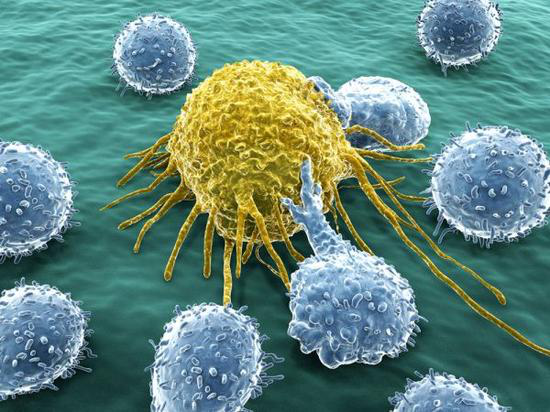Cellular senescence is a stress response program characterized by a robust cell cycle arrest and the induction of a proinflammatory senescence-associated secretory phenotype.Cellular senescence prevents cell division and prevents damaged cells from continuing to grow.
Researchers say warning signs are issued when normal cells are under stress or danger. This mechanism is part of the body's clearing of the cell senescence system. This mechanism is also triggered when genes that are likely to cause cancer become active. The system also helps the body detect cancer cells faster to remove them before they become formed.
Researchers at the University of Edinburgh found that the key immune molecules TLR2 and TLR10 in the cell can detect when an oncogene is turned on. This triggers a series of chemical signals that cause inflammation and trigger immune cells to clear damaged cells. This is the first time that TLR2 and TLR10 have been found to play a key role in normal cell aging.
Dr. Matthew Hoare, a clinician, scientist and honorary consultant at the Cambridge Cancer Institute in the United Kingdom, said: "The damaged cancer cells age and are then killed by the body's own immune system. However, if the immune system cannot destroy the aging cells, the surrounding tissues will be inflamed and promote the development of cancer."
The results of this study show for the first time that damaged cancer cells use TLR2/10 signaling to cause inflammation, which provides a potential drug target for the body to clear senescent cells before they cause damage to aging cells. Research has expanded our understanding of the molecular mechanisms underlying aging and may contribute to new developments in anti-cancer and anti-aging therapies based on innate immune receptor manipulation.
EIAAB SCIENCE INC, WUHAN has developed TLR2 and TLR10 ELISA kit. Welcome scientific research workers to choose and purchase.








